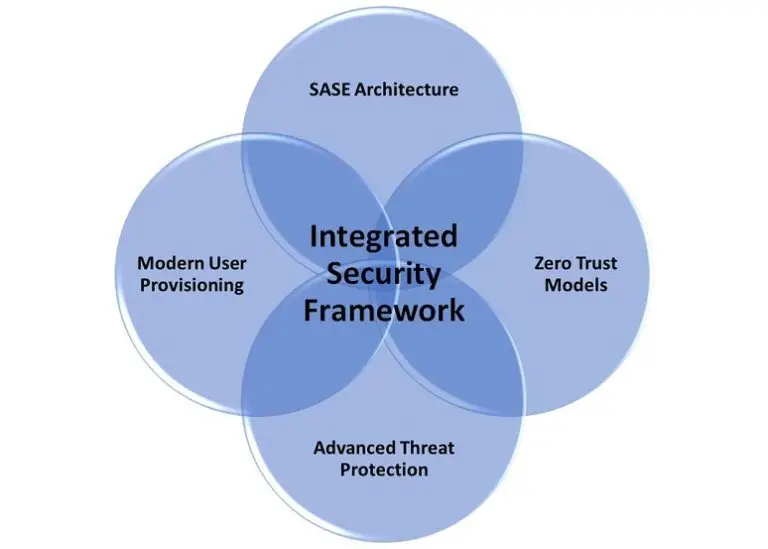Security Web Gateway
Zero Trust Network Access (ZTNA)
Creates an identity- and context-based, logical access boundary around applications
ZTNA, known as the software-defined perimeter (SDP)
Removes application assets from public visibility and significantly reduces the surface area for attack.
What are the key concepts of Zero Trust security?
To achieve its goal, Zero Trust access is governed by the following foundational principles:
- Access to corporate resources is determined by a dynamic policy
- All communications to resources must be authenticated, authorized, and encrypted
- Authentication and authorization are agnostic to the underlying network
- The enterprise monitors and measures the integrity and security posture of all owned and associated assets


Next-Gen Cybersecurity:
A modern approach to cybersecurity for the cloud and working from anywhere
- Multi-factor Authentication (MFA) is a common factor in a Zero Trust policy
- Secure devices, optimize connections, and protect applications with one easy-to-use cloud platform.
- Modern user provisioning and authentication services
- Zero-trust model for all systems and services
- Secure access service edge (SASE) architecture
- Advanced threat protection (ATP) services